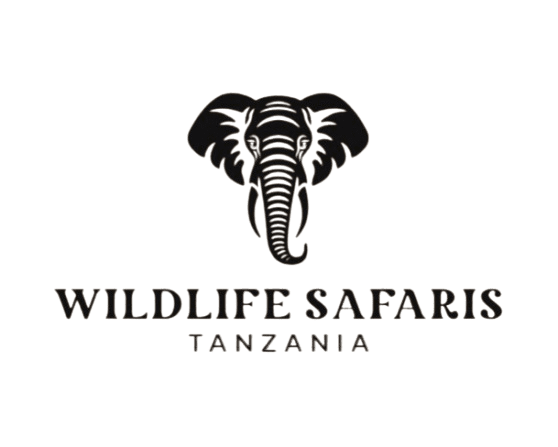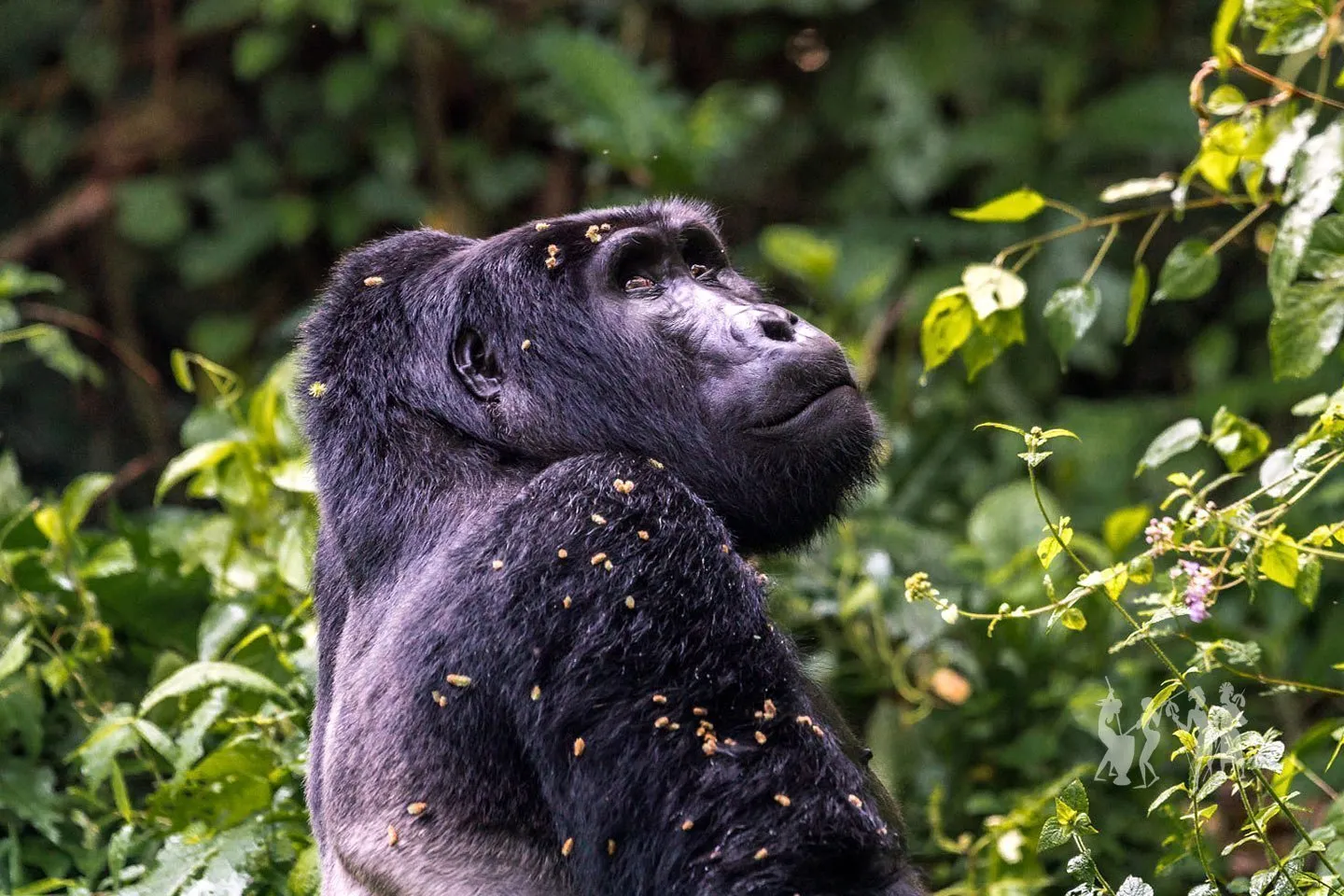1. Location of Gorilla Habituation
Gorilla habituation is only conducted in Bwindi Impenetrable National Park, located in southwestern Uganda. Within Bwindi, it specifically takes place in the Rushaga sector and sometimes in the Nkuringo sector, both in the southern part of the park.
2. What Gorilla Habituation Means
Gorilla habituation is the long-term process of training wild mountain gorillas to become accustomed to human presence without altering their natural behavior. It is done by a team of researchers, rangers, and trackers over a period of about 2–3 years before the gorilla group is fully opened for standard trekking.
3. Limited Visitor Access
Unlike normal gorilla trekking (which allows up to 8 visitors per group per day), only 4 visitors are allowed to join the researchers during a habituation experience, making it an exclusive and more intimate encounter.
4. Duration of the Experience
The habituation experience lasts up to 4 hours from the time trekkers locate the gorillas. This is double the time given during standard trekking, which is 1 hour.
5. Gorilla Habituation Permits
A Gorilla Habituation Permit costs USD 1,500 per person (as of 2025), issued by the Uganda Wildlife Authority (UWA). This fee is higher than the USD 800 charged for standard gorilla trekking, reflecting the longer and more exclusive nature of the activity.
6. Time of Year
Gorilla habituation can be done all year round, though the dry seasons (June–August and December–February) are most recommended due to easier hiking conditions and clearer visibility in the forest.
7. Gorilla Families Under Habituation
The gorilla groups under habituation change over time, but they are usually semi-habituated families not yet open for normal trekking. These gorillas may still show some shy or defensive behavior, offering a more “wild” and authentic experience.
8. Level of Adventure
Because the gorillas are still in the process of being habituated, the treks are generally longer, more unpredictable, and more challenging than ordinary gorilla trekking — ideal for adventurous travelers and wildlife enthusiasts seeking an in-depth field experience.
9. Conservation and Research Importance
Participating in gorilla habituation directly supports conservation and scientific research, since part of the permit fees goes toward funding ranger training, monitoring, and the habituation program itself.
10. Age Limit
The minimum age for participation is 15 years, the same as for standard gorilla trekking, to ensure safety and minimize disturbance to the gorillas.
11. Accompanying Team
Trekkers are accompanied by a professional team consisting of UWA rangers, trackers, researchers, and sometimes veterinarians, who interpret the gorillas’ behavior and teach about forest ecology and habituation techniques.
12. Photography Rules
Flash photography is strictly prohibited, and visitors are advised to keep a minimum distance of 7 meters (though this may vary as gorillas move freely). The experience allows for excellent close-up moments due to the extended time with the family.
13. Health and Safety
Visitors must be free of contagious diseases (like flu or COVID-19) since gorillas share about 98% of human DNA and can easily contract human illnesses.
14. Best Access Points
The Rushaga and Nkuringo sectors are accessible from Kisoro town (about 2 hours away) or from Kigali, Rwanda (4–5 hours by road), making them convenient for cross-border safaris between Uganda and Rwanda.
15. Unique Selling Point
Gorilla habituation is exclusive to Uganda — neither Rwanda nor the Democratic Republic of Congo currently offers this experience — making Bwindi the only place in the world where tourists can actively participate in the process of taming wild gorillas.


